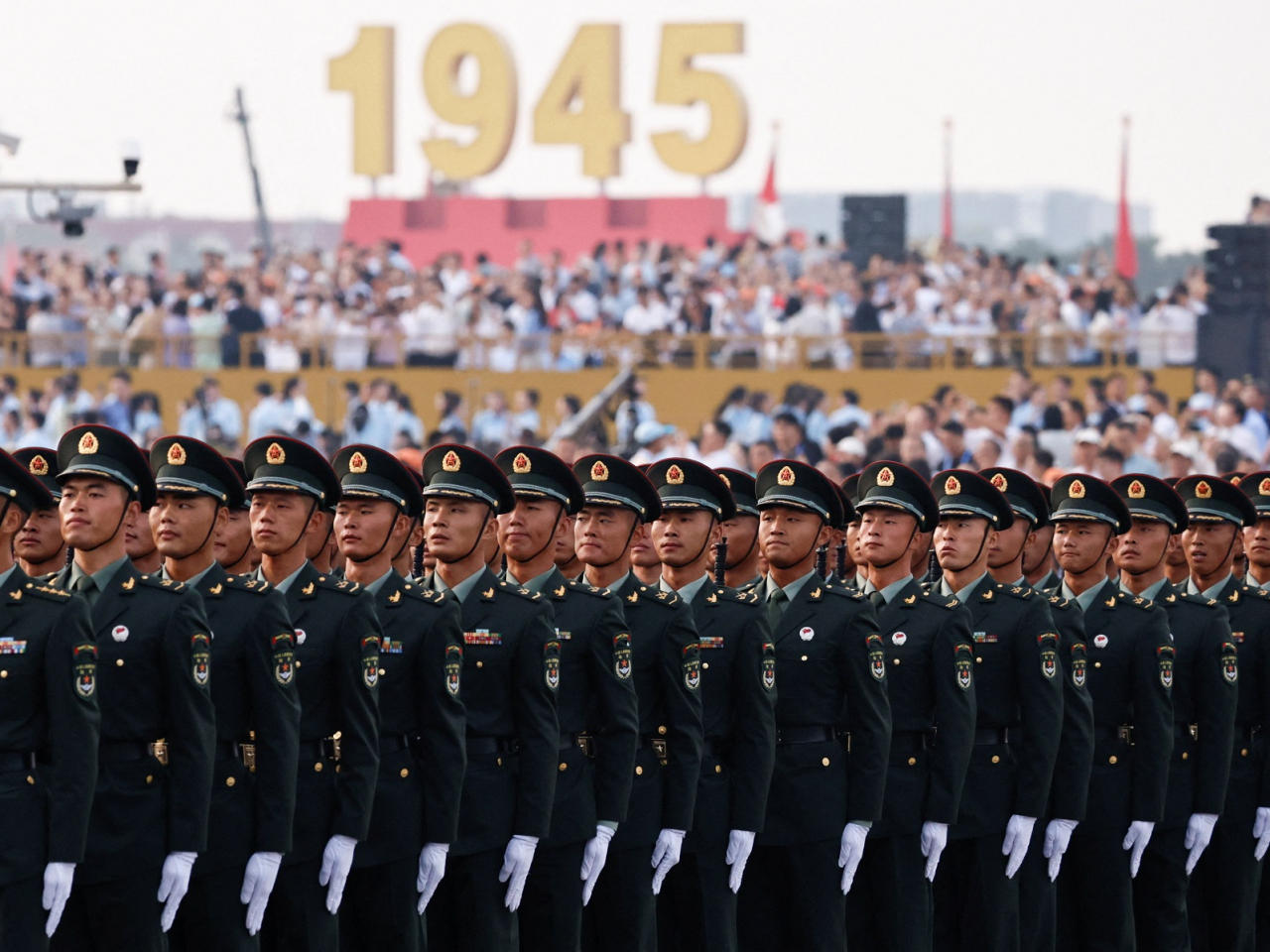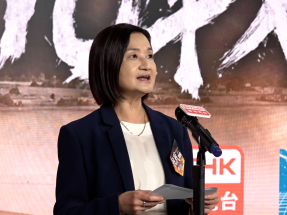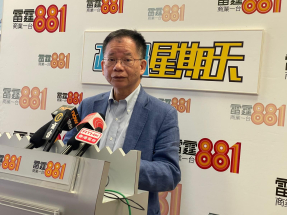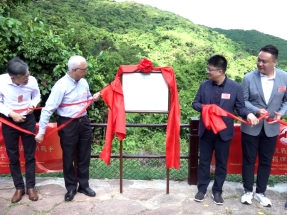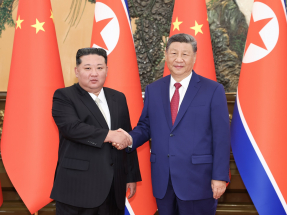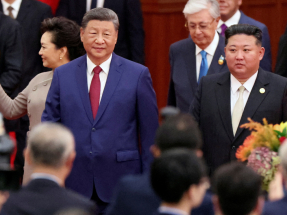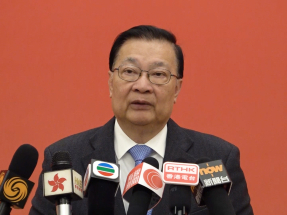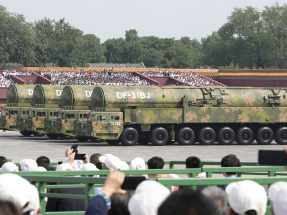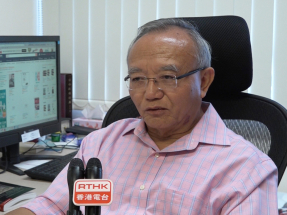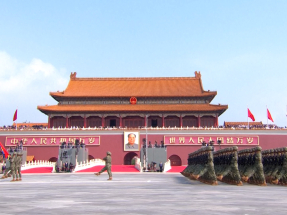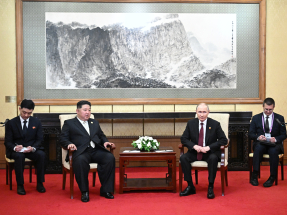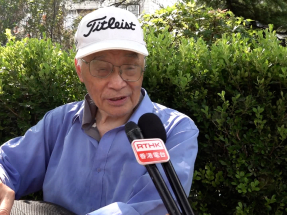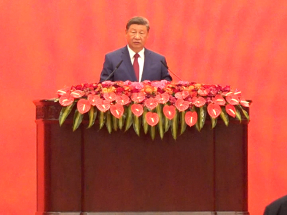China is holding a massive military parade in central Beijing on Wednesday morning to mark the 80th anniversary of its victory in World War II, pledging its commitment to peaceful development in a world still fraught with turbulence and uncertainties.
In Tiananmen Square stand towering structures shaped like the Great Wall – a symbol of the Chinese nation's courage and solidarity in resisting foreign aggression – crowned with giant numerals "1945" and "2025".
Tens of thousands of people are expected to attend the event.
President Xi Jinping is to address the rally and review the parade.
This will mark the second time since 2015 that China has held a military parade to commemorate the hard-won victory in the Chinese People's War of Resistance against Japanese Aggression and the World Anti-Fascist War.
The military parade through the Chang'an Avenue is meant to send the message that "Justice prevails," "Peace prevails," and "The people prevail," according to organisers.
More than 20 foreign leaders, including Russian President Vladimir Putin and North Korean leader Kim Jong Un, will join Xi on the Tiananmen Rostrum to watch the parade.
Representatives of people who had assisted Chinese people's WWII efforts, or their family members – from countries such as Russia, the United States, the United Kingdom, France, and Canada – have been invited to the grand ceremony.
Japan officially surrendered on September 2, 1945, by signing the Instrument of Surrender. China has designated September 3 as Victory Day.
China was the first country to fight against fascist aggression, and sustained the longest resistance, beginning in 1931.
The country contained and engaged over 50 percent of the Japanese army's overseas military strength, eliminating over 1.5 million enemy troops. The number of Chinese military and civilian casualties amounted to 35 million, accounting for one-third of the total casualties among all countries during WWII.
With immense national sacrifices, China made significant contributions to the victory of the World Anti-Fascist War. The parade is expected to demonstrate its commitment to making greater contributions to world peace and development.
The parade will involve more than 10,000 military personnel, along with over 100 aircraft and hundreds of ground armaments, arranged into formations according to a wartime command system.
The People's Liberation Army's (PLA) new system of services and arms – the result of military reforms under Xi's leadership – will be put on display for the first time.
The parade will showcase China's advanced armaments, including unmanned intelligence and counter-unmanned equipment, hypersonic missiles, directed-energy weapons, electronic jamming systems and strategic weaponry.
China has repeatedly stated that the PLA is capable of defending China's sovereignty, unity, and territorial integrity.
Chinese soldiers who have participated in United Nations peacekeeping operations will also march past Tiananmen Square, marking their first appearance in a V-Day parade.
China is currently the largest contributor of peacekeeping troops among the permanent members of the UN Security Council.
This is also the first military parade since Xi led China to embark on a new journey to pursue Chinese modernisation on all fronts. The country has laid out a roadmap to basically achieve modernisation by 2035.
Through the parade, China will demonstrate that under the Party's leadership, the full rejuvenation of the Chinese nation is set to be achieved. (Xinhua)
- Home
China holds massive parade to mark WWII victory
2025-09-03 HKT 08:35
2025-10-17 HKT 17:40
2025-09-14 HKT 13:56
2025-09-06 HKT 13:48
2025-09-05 HKT 15:19
2025-09-05 HKT 06:41
2025-09-04 HKT 19:56
2025-09-04 HKT 11:26
2025-09-03 HKT 21:48
2025-09-03 HKT 17:59
2025-09-03 HKT 17:58
2025-09-03 HKT 17:53
2025-09-03 HKT 17:19
2025-09-03 HKT 16:57
2025-09-03 HKT 14:30
2025-09-03 HKT 13:58
2025-09-03 HKT 12:49





